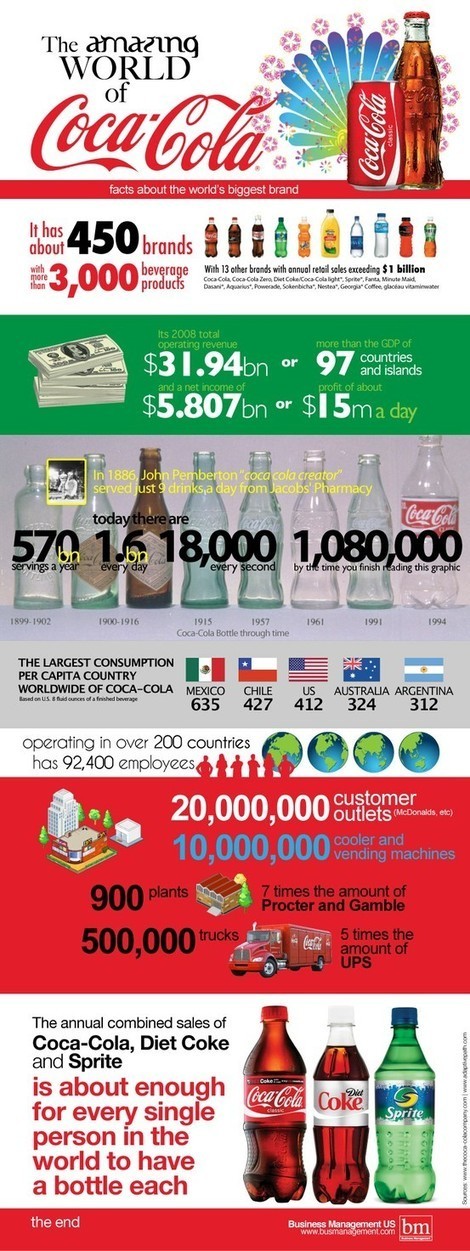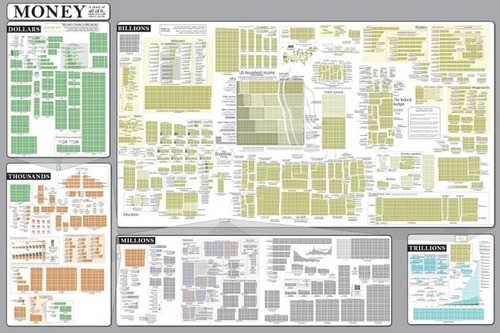Excellence in Business Communication, 13th Edition
Chapter 10. Writing Negative Messages
"Just ask the organizers of the Boston Marathon or the mayor of Moore, Okla.
Work4Labs has created an infographic named "Mobile Recruiting by the (Surprising) Numbers.
"Social media PR crises hit companies like tornados—out of nowhere and with deadly force," observes Peter Friedman (photo, left).
"Apology speeches are best when they actually include an apology," says Leslie Ungar, president of Electric Impulse Communications.
"Let’s take a look at the top social media brands as if it was a game of SNAKES and LADDERS.
"SMS remains the most useful engagement tool on mobile, followed by QR codes, two-way SMS and push notifications according to this new infographic.
"We’ve all seen it.
View original content
More and more companies rely on the social web to influence customers before the sale and support them after; these statistics explain why social help is becoming so pervasive.
"People are taking to your digital properties with pitchforks and lit torches.
"So we’re taking a stand here," begins Terry Heick, director at TeachThought.
"If you or your CEO has been called upon by a TV news reporter to comment on a mass layoff, product recall or other urgent news situation, you know the feeling that this old Wide World of Sports adage can evoke: 'The thrill of victory and the agony of defeat,'" writes Gwen Chynoweth (photo, left).

The amazing world of Coca-Cola via an infographic.

The Money Chart from Randall Munroe’s webcomic xkcd.
Professor Timothy Coombs talks about the relations between social media and crisis communication.
I just finished reading an interesting book titled Annoying by science writers Joe Palca and Flora Lichtman (2011).
On any given day we're lied to from 10 to 200 times, and the clues to detect those lies can be subtle and counter-intuitive.
Your colleague Jim calls you “honey,” makes cracks about women drivers, and suggests that you be the one to shop for the retirement gift for Bob because “women like that sort of thing.
No one likes to deliver bad news, but these techniques can make it easier for you and the recipient.

